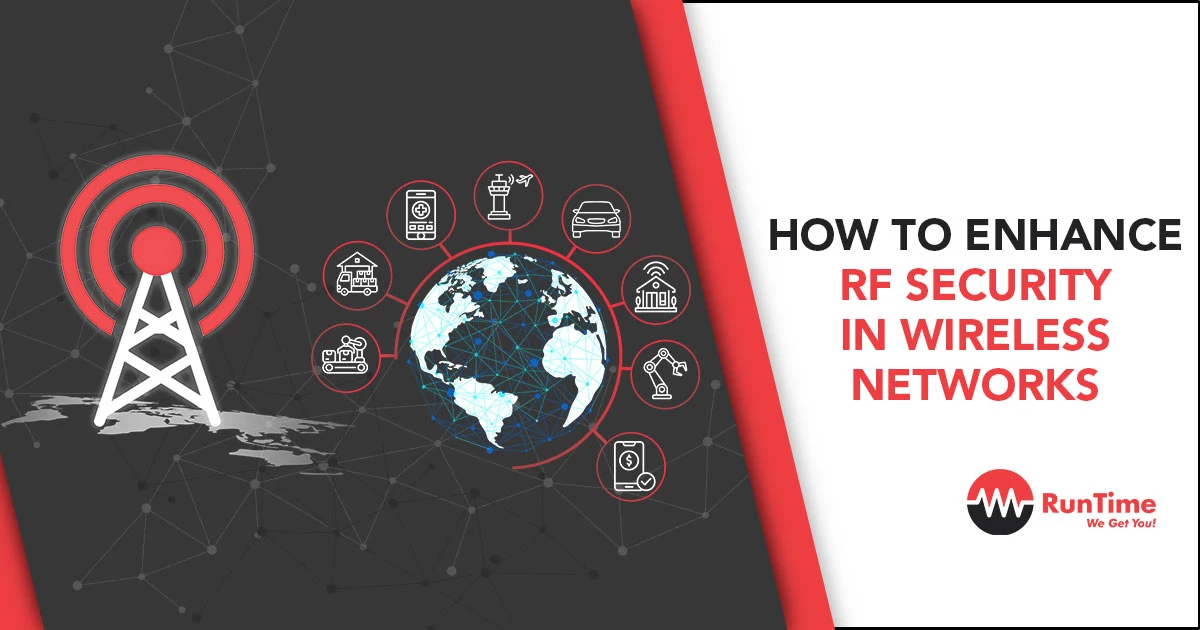Securing radio frequency (RF) communications is paramount, not only for military applications but also for commercial systems. As technology evolves, so do the methods by which malicious entities attempt to compromise communication integrity and confidentiality. Let’s discuss some advanced techniques for enhancing RF security, covering encryption methods, secure key distribution, and anti-jamming strategies.
Understanding RF Security Challenges
Before diving into the solutions, it’s crucial to acknowledge the unique challenges posed by RF security. RF communications are inherently broadcast in nature, meaning the signals are available to anyone with a receiver within the transmission range. This openness makes them susceptible to eavesdropping, interception, and jamming. Moreover, the dynamic and often mobile nature of wireless networks adds complexity to implementing robust security measures.
Encryption Methods for RF Communications
Encryption remains the cornerstone of securing communications, transforming readable data into a ciphered format that is difficult to decipher without the correct key. In RF communications, the choice of encryption algorithms and their implementation plays a critical role in security.
- Advanced Encryption Standard (AES): AES is widely regarded for its security and efficiency in various applications, including RF communications. Implementing AES with a 256-bit key offers a high level of security and is considered practically unbreakable with current technology.
- Public Key Infrastructure (PKI): PKI provides a framework for encryption and digital signature services, enabling the secure exchange of information over unsecured RF channels. Implementing PKI in RF communications involves using a combination of public and private keys to encrypt and decrypt messages, ensuring that only intended recipients can read the transmitted data.
- Quantum Cryptography: As we edge closer to the quantum computing era, quantum cryptography presents a forward-looking approach to securing RF communications. Quantum key distribution (QKD) is particularly promising, offering theoretically unbreakable encryption by leveraging the principles of quantum mechanics.
Secure Key Distribution in Wireless Networks
Key distribution is pivotal in encryption, determining how encryption keys are shared among communicating parties. In RF communications, secure and efficient key distribution mechanisms are vital to ensure that keys do not become the weak link in the security chain.
- Diffie-Hellman Key Exchange: This method allows two parties to establish a shared secret over an unsecured channel without prior knowledge of each other. Its application in RF communications can facilitate secure key distribution, even in the presence of potential eavesdroppers.
- Physical Layer Security: This approach exploits the physical characteristics of the RF channel to secure the key distribution process. Techniques such as channel reciprocity and randomness in the wireless environment can generate keys that are inherently secure from eavesdropping.
- Elliptic Curve Cryptography (ECC): ECC offers a robust framework for key exchange with a smaller key size compared to traditional methods, making it well-suited for RF communications where bandwidth and computational resources may be limited.
Anti-Jamming Strategies for RF Communications
Jamming attacks, where a malicious actor transmits interfering signals to disrupt legitimate communications, pose a significant threat to RF security. Implementing anti-jamming strategies is crucial to maintaining communication reliability and integrity.
- Spread Spectrum Techniques: Spread spectrum involves spreading the signal over a wider bandwidth than necessary, making it harder for jammers to target the entire transmission. Techniques such as Frequency Hopping Spread Spectrum (FHSS) and Direct Sequence Spread Spectrum (DSSS) are effective against jamming.
- Cognitive Radio: Cognitive radio technology enables dynamic adaptation of transmission characteristics in response to the environment. By detecting and avoiding jammed frequencies, cognitive radios can maintain communication by dynamically switching channels or adjusting transmission parameters.
- Beamforming: This technique uses multiple antennas to direct the signal towards the intended receiver while minimizing the signal strength in other directions. Beamforming can effectively mitigate the impact of jamming by focusing the transmission beam, making it harder for jammers to interfere with the communication.
Practical Considerations and Implementation
Implementing the aforementioned strategies in real-world RF communications systems requires careful consideration of various factors, including computational resources, power consumption, and the specific requirements of the application. For instance, quantum cryptography, while promising, currently faces practical implementation challenges due to the need for specialized hardware and sensitivity to environmental factors.
Moreover, integrating these security measures must be done with an eye toward scalability and flexibility, allowing for updates and upgrades as threats evolve and technology advances. Ensuring interoperability between different devices and systems is also critical, especially in complex networks involving multiple vendors and technology standards.
Summary
Securing RF communications in today’s wireless networks is a multifaceted challenge that demands a comprehensive approach. By leveraging advanced encryption methods, secure key distribution mechanisms, and anti-jamming strategies, it’s possible to enhance the security of RF communications significantly. However, the implementation of these techniques requires a careful balance between security, performance, and practical constraints. As we move forward, continuous innovation and adaptation will be key in staying ahead of threats and ensuring the integrity and confidentiality of wireless communications in both military and commercial applications. Embracing a pragmatic and analytical perspective, while avoiding the pitfalls of technological hype, will be essential in navigating the complex landscape of RF security.
Hire RF Engineers with RunTime
When you choose RunTime for your RF Engineering recruitment needs, you are partnering with a team that is devoted to your success. Our team of engineers-turned-recruiters, extensive network, and focus on quality ensure that you have access to great engineering talent that drives innovation and excellence in your projects.
Enhance your team’s capabilities and achieve strategic goals with RunTime. Contact us today to hire skilled and experienced engineers tailored to your needs.









